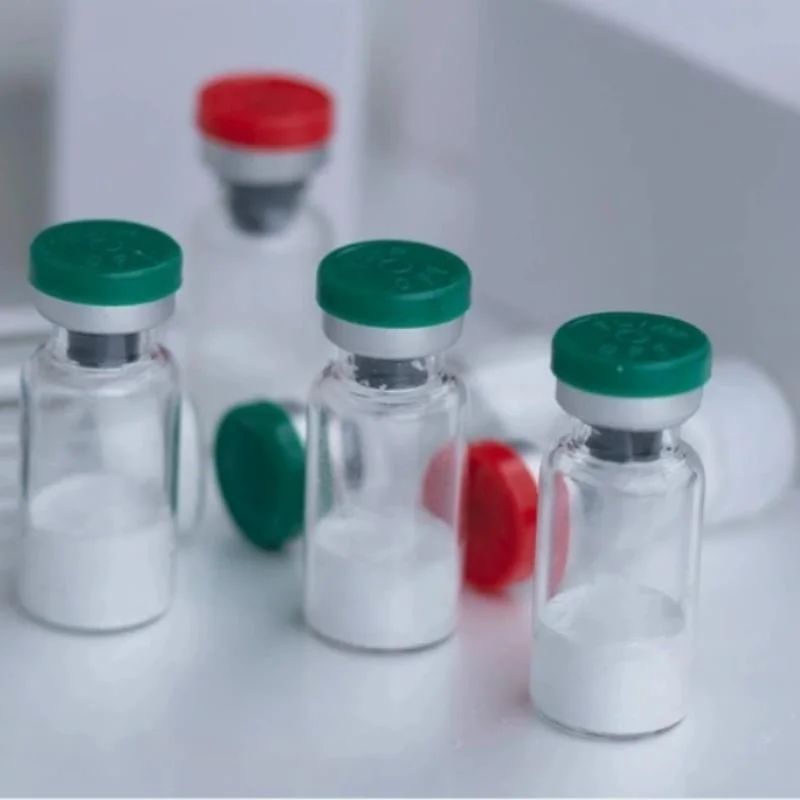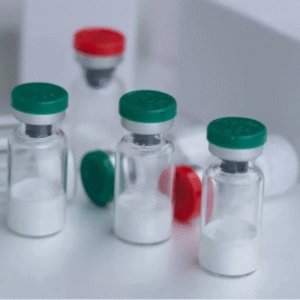KPV peptide is a tripeptide composed of the following amino acids:
- Lysine (K)
- Proline (P)
- Valine (V)
Chemical Name: L-Lysine–L-Proline–L-Valine
This sequence is derived from the C-terminal region of alpha-melanocyte-stimulating hormone (α-MSH), a peptide known for its anti-inflammatory and immunomodulatory properties.
KPV is typically studied in injectable or topical forms, depending on the application. Its simplicity and small size contribute to its stability and bioavailability, especially when administered subcutaneously or transdermally.
Benefits:
KPV has been primarily studied for its anti-inflammatory and immunoregulatory effects. Most data come from preclinical studies (in vitro and animal models), though interest is growing in its potential therapeutic applications.
Key Potential Benefits:
- Anti-Inflammatory Effects:
- KPV has been shown to reduce inflammation by inhibiting NF-κB activation and pro-inflammatory cytokines (e.g., TNF-α, IL-1β, IL-6), without broadly suppressing the immune system.
- Support for Gut Health:
- In animal models of inflammatory bowel disease (IBD), KPV reduced intestinal inflammation and improved barrier function, suggesting potential for conditions like Crohn’s disease or ulcerative colitis.
- Skin Inflammation and Wound Healing:
- Topical or injectable KPV may support wound healing, especially in inflammatory skin conditions like atopic dermatitis or psoriasis.
- Low Toxicity and High Tolerance:
- KPV has shown low cytotoxicity and favorable tolerance in animal models, making it a candidate for further research in chronic inflammatory conditions.
Dosage Protocol:
Disclaimer: The following dosage protocol reflects practices observed in research environments. It is not a medical recommendation and should only be used in a controlled, investigational setting.
Common Injectable Protocol:
- Dosage Range:200–500 micrograms (mcg) per injection
- Frequency:Once daily or every other day, depending on severity of inflammation or research goals
- Route of Administration:
- Subcutaneous (SC) injection is most common
- In some studies, intraperitoneal (IP) or topical application is used in animal models
- Cycle Duration:
- 2–4 weeks for acute inflammatory support
- May be extended or repeated in chronic protocols with intermittent breaks


Reviews
There are no reviews yet.